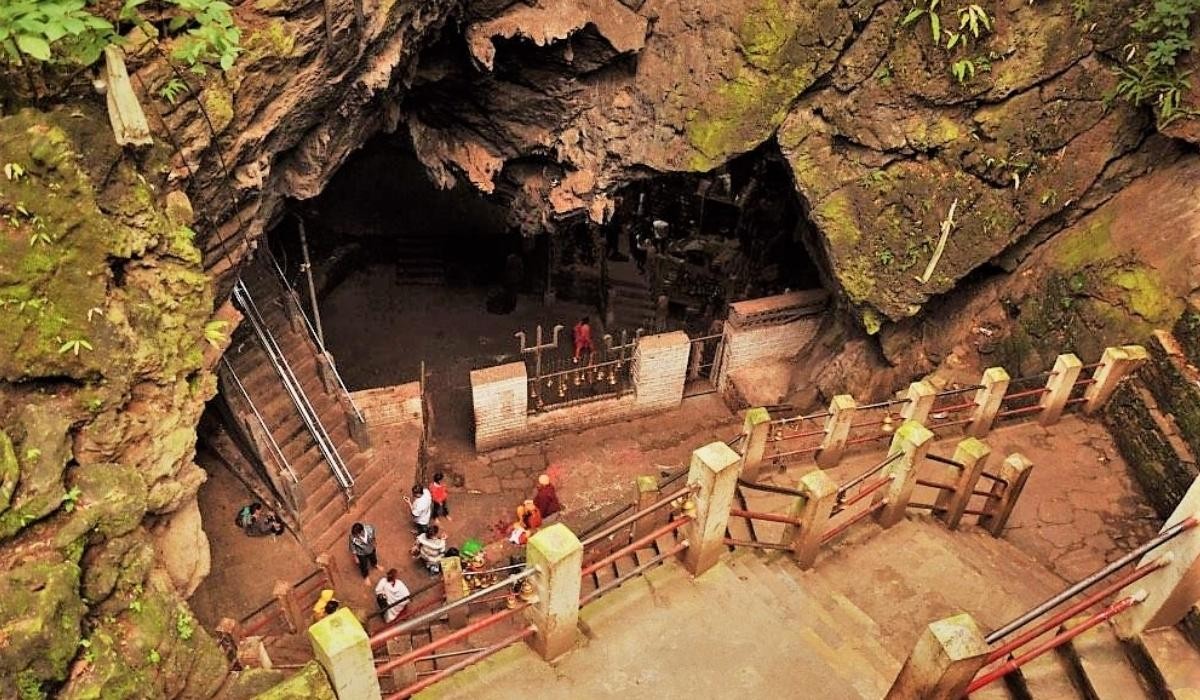Halesi, often referred to as the ‘Pashupatinath of Eastern Nepal,’ is a sacred site revered by Hindus, Buddhists, and Kirats alike. Located in the Khotang district, this spiritual marvel is not only a religious hub but also an emerging destination for tourism enthusiasts seeking a blend of cultural heritage and natural beauty.
Historical and Cultural Significance
Halesi Mahadev Temple, the centerpiece of this area, is a venerated cave temple dedicated to Lord Shiva. The temple is believed to be over 6000 years old and holds immense significance in Hindu mythology. According to legends, it was in this cave that Lord Shiva hid from the demon Bhasmasur, making it a place of great historical importance.
For Buddhists, Halesi is equally sacred, as it is considered a meditative site of Guru Padmasambhava (Guru Rinpoche), the founder of Tibetan Buddhism. The Kirat community also holds this site in high regard, associating it with their ancestor, Lord Khokchilipa.
Tourist Attractions and Activities
Visitors to Halesi are greeted with a rich tapestry of cultural and religious experiences. The temple complex, nestled within a cave, provides a unique spiritual ambiance. Pilgrims and tourists alike can witness various rituals and ceremonies performed by devotees. The site is particularly bustling during festivals like Maha Shivaratri and Bala Chaturdashi, attracting thousands of visitors from across the country and beyond.
Beyond the religious aspect, Halesi offers several attractions for nature lovers and adventure seekers:
- Scenic Views: The panoramic views of the surrounding hills and lush green landscapes make Halesi a photographer’s paradise.
- Hiking and Trekking: The area offers several trekking routes that cater to different levels of adventure enthusiasts. Trekkers can explore the trails that wind through dense forests and picturesque villages, providing an immersive experience of the local lifestyle.
- Cultural Immersion: Visitors have the opportunity to engage with the local communities, learn about their traditions, and participate in cultural activities. The vibrant local markets offer a range of traditional handicrafts and local delicacies.
- Cave Exploration: The Halesi cave itself is an adventure. The cave system includes several chambers with narrow passages and underground water streams, making it an exciting exploration for the curious traveler.
Accessibility and Accommodation
Halesi is accessible via road from major cities like Kathmandu and Biratnagar. Regular bus services and private vehicles are available for travelers. The journey offers scenic views of the countryside, adding to the overall experience.
For accommodation, a range of options is available, from basic lodges to more comfortable guesthouses, ensuring that visitors can find a place that suits their needs and budget. Local eateries serve traditional Nepali cuisine, providing a taste of the region’s culinary delights.
Promoting Sustainable Tourism
Efforts are being made to promote Halesi as a sustainable tourism destination. Local authorities and tourism organizations are working together to develop infrastructure while preserving the natural and cultural heritage of the area. Eco-friendly practices are being encouraged to ensure that the environmental impact is minimized, allowing future generations to enjoy the pristine beauty of Halesi.
Halesi, with its rich cultural heritage, spiritual significance, and natural beauty, is a destination that promises a unique and enriching experience for tourists. Whether you are a pilgrim seeking spiritual solace, an adventurer looking for new trails, or a cultural enthusiast eager to immerse yourself in local traditions, Halesi has something to offer for everyone. As it continues to develop as a tourist hub, Halesi stands as a testament to Nepal’s diverse and vibrant cultural landscape, inviting visitors from all walks of life to explore and cherish its hidden treasures.






